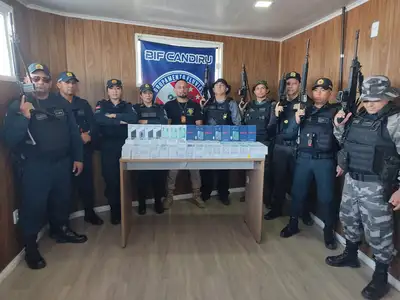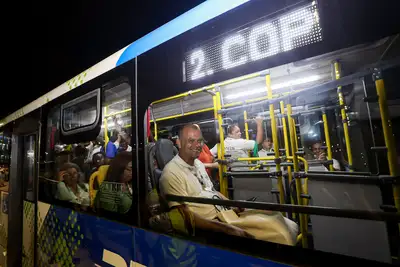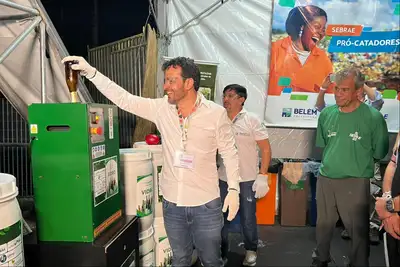Pará presents pathways for the jurisdictional approach to REDD+ at COP30
The Brazilian Emissions Trading System Law (SBCE), enacted in 2023, establishes the national foundations for the operation of jurisdictional systems in the states.

On Tuesday (18), Pará presented advancements in the construction of the REDD+ Jurisdictional System during the panel "Pathways for the Jurisdictional Approach to REDD+ in Pará", part of the Brazil NBS Alliance program, held at the Pará Pavilion of the Green Zone at COP30, in Belém.
The debate brought together representatives from the government, the Pará Environmental Assets and Participation Company (CAAPP), and private initiatives to discuss regulatory adjustments, governance, and integration with the new Brazilian Emissions Trading System (SBCE).
The Deputy Secretary of Water and Climate of Semas, Renata Nobre, emphasized that the State continues to implement its system. "We are continuing to develop the system correctly, following ILO Convention 169, conducting prior consultations, and applying the consent standard that came from our governance. It was an important normative gain because it brought security for a consultation practice for public policy on a state scale like ours," she stated.

She reinforced that the process is still under continuous construction: "The benefit-sharing and safeguards are living processes. The workshops and debates showed that adjustments will be necessary because the territorial dynamics reveal issues that were not anticipated."
The Brazilian Emissions Trading System Law (SBCE), approved in 2023, establishes the national foundations for the operation of jurisdictional systems in the states. The legislation defines limits and processes for the construction of these systems, clarifying what can or cannot be adopted in the jurisdictional approach. Among the central points, the law guarantees the right to opt-out, determines rules for state registration and accounting, establishes guidelines for revenue sharing, and defines the ownership of credits. These elements are considered fundamental to provide legal security and guide the architecture that Pará is structuring.
The CEO of CAAP, Fagner Feitosa, explained that the state-owned company was structured based on technical studies and the need to give dynamism to the commercialization of environmental assets. "The State opted for a market approach, and we understand that we are dealing with an asset that needs a regime closer to private companies. The initial focus is to consolidate the jurisdictional system and establish strategic partnerships," he said.
Representing private REDD+ initiatives, Tiago Ricci highlighted that the jurisdictional system strengthens both public policy and projects by offering regulatory predictability. "We are talking about a policy that involves economy, environment, and social issues. The new federal law brings clear guidelines on registration, the right to opt-out, and state accounting. This adds value to the assets generated within an integral system," he stated. For him, there is no conflict between approaches: "the jurisdictional does not compete with private projects; it brings territorial coherence. When my assets are embedded in a robust system, they tend to gain value."
The panel reinforced the convergence between government, CAAP, and the private sector in building a common architecture for REDD+ in Pará, aligned with the SBCE and the territorial demands revealed by ongoing consultations.










